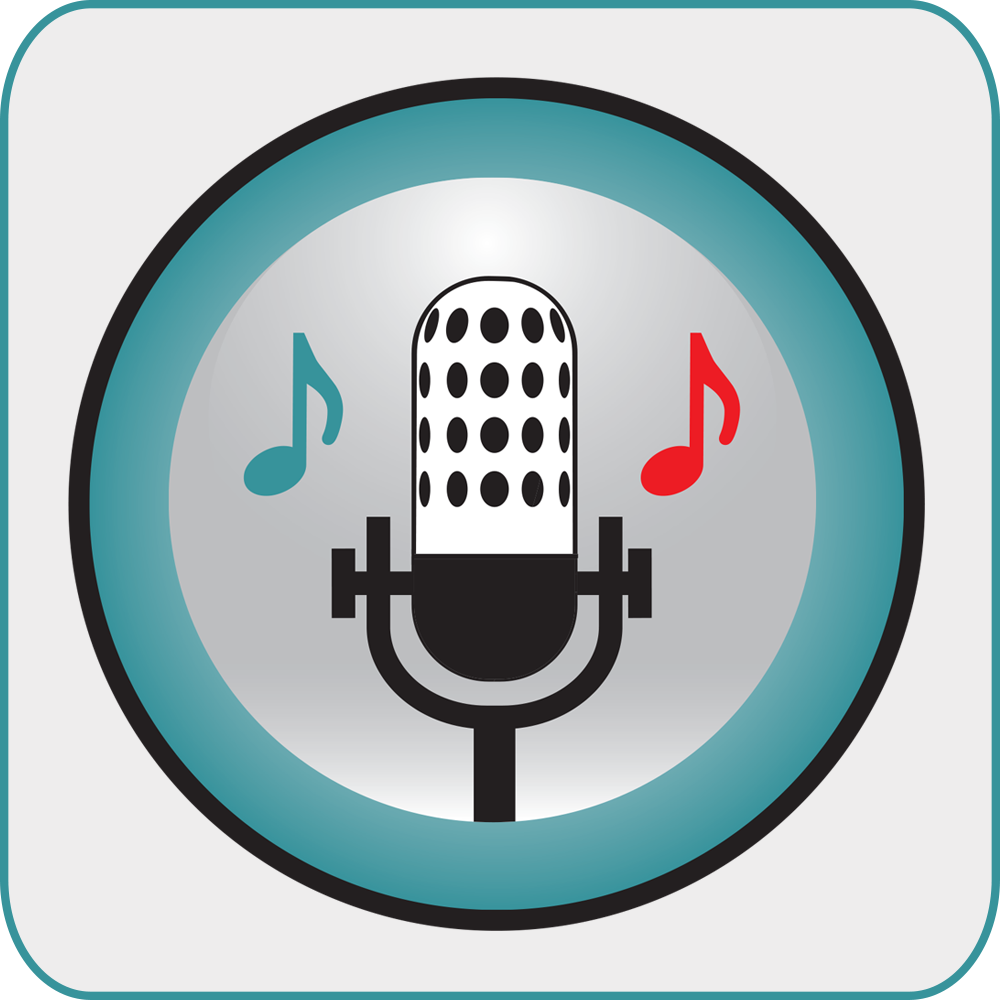Module Five Thoughts
This week we were able to explore Spotify! I wish I had taken the time to look at
this before now. Up to this point,
I had been an avid Pandora and YouTube user, however, I did like many of
the features that Spotify has. I
really enjoy how easy Spotify is to use and how you can customize almost any
playlist. I have been thinking of
ways to utilize Spotify in my classroom.
For the Spotify playlist project, I created a playlist to use with the Blues
unit that my 8th grade students are currently working on. The playlist has various Blues aritists
and songs that use the 12 bar blues progression. I will be sharing the playlist with my class this week!
I found the Software Review project very interesting. I looked at several different programs
through the MusicFirst
platform. Overall, I am impressed
with the options that MusicFirst presents. I chose to look at PracticeFirst
for this assignment. I currently
use SmartMusic with my students,
however, after looking into PracticeFirst, I could be persuaded to switch in
the coming years. I really like many of the features of PracticeFirst. There are so many band method books available and I like that you can custom create your own exercises and excerpts. I will be spending some time over the next few weeks researching the pros and cons of PracticeFirst vs. SmartMusic so that when it comes time to submit purchase requisitions for the 2018-2019 school year, I will know which one to request in the budget.
This week, I was also introduced to Social Bookmarking for
the first time. I didn’t know that
it was possible to compile a list of bookmarks and be able to access them
anywhere/anytime. Using Diigo means that I can save
bookmarks to various websites and resources that I’d like to use again in the
future and access them on any device.
I enjoyed being part of the Digital Musicking group to see what other
people in the class posted about as well as other professionals. I enjoyed the collaborative process and
once I was familiar and comfortable with navigating the website, I found it
easy to use to compile the resources I found.
My PLN this week had resources from class, including a link
to my Spotify playlist, asking for suggestions for IWB ideas and talking about
listening maps in the classroom. I
also posted about training and professional development that SmartMusic is
offering. As a music teacher, I
often find it challenging to participate in relevant, practical professional development
through my school/district. I
often turn to outside resources, both online and in person.
SmartMusic, NAfME, and state organizations, to name a few options, all
provide valuable professional development opportunities. I am interested in pursuing the
professional development opportunities through SmartMusic to learn more about
their new product launch.
Finally, this week’s discussion board topic looked at
responding to music with technology.
I will admit that I am guilty of providing many opportunities for
active, hands on music making experiences and performing; listening and
responding is often neglected. I
have a goal of making this more of a priority in my classroom and finding ways
to integrate more listening and responding opportunities. The text talks about hearing, equating
it to a passive process and listening, as an active process (Bauer, 2014). Technology has greatly impacted and influenced
the accessibility of music; many things have changed with the fast
technological advancements. I also enjoyed listening to and commenting on people’s remixes of Ma-Nah-Ma-Nah. I have found the projects that we have to complete and then share with our classmates to be beneficial. Engaging in conversation with peers about our work allows for all of us to be both reflective and critical of our work. I find that the comments, suggestions and feedback that my peers have provided throughout this course to be beneficial and encouraging. I have looked at many things through a different lens because of the conversations I have been able to engage in with my peers.
As we come into the final weeks of this course, I am excited
to see what the last three modules hold and I am looking ahead to next year. I
am beginning to reevaluate various topics and concepts I teach and how I can integrate
and utilize more technology into my lessons. I am glad that I took this course at the end of the school
year so that I have the summer to begin thinking of new ways to implement my
new knowledge!



